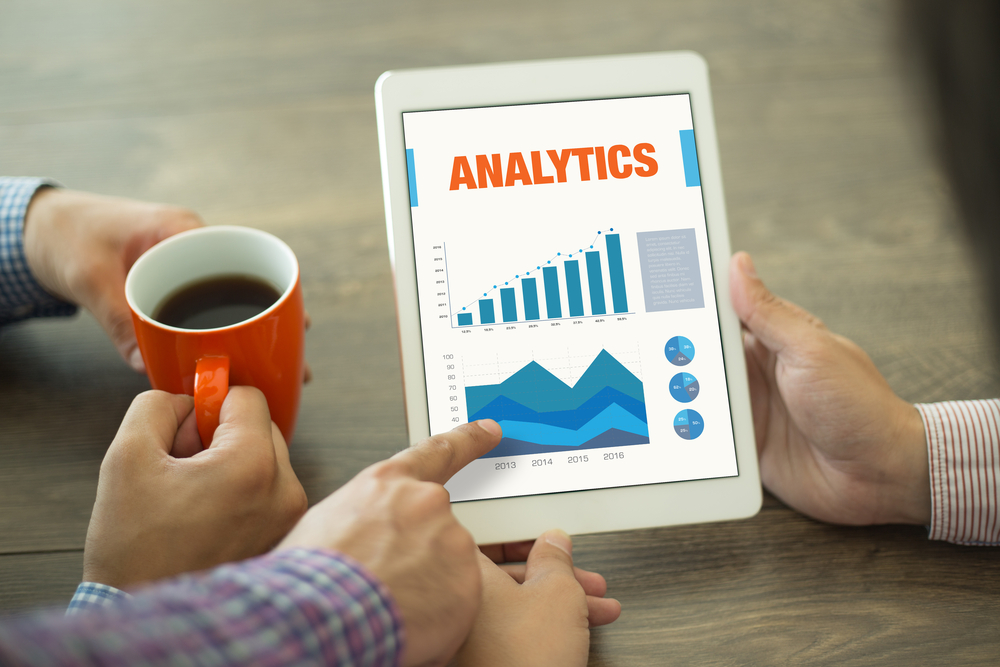Predictive Analytics – Here’S What You Need To Know
Predictive analytics – Here’s what you need to know
A form of advanced artificial intelligence technology, predictive analytics uses both new and old data to anticipate future trends and behaviors. The outcome derived from predictive analytics can help organizations implement resourceful strategies by understanding the risk and reliability involved in every move that they make. Therefore, at the moment, this technology is becoming increasingly popular across all forms of industries. Continue reading to know more about predictive analytics, its significance, and its application in different businesses.
Why is predictive analytics a popular business tool?
Although predictive analytics has been around for decades, its application has picked up traction in the past few years.

The following are some key reasons which answer why predictive analytics has become a popular business tool.
- Predictive analytics software is quite simple to understand and easy to adapt.
- This technology can store and understand a wide array of data, allowing analysts to draw useful insights from varied sources.
Why is predictive analytics imperative for business use?
The following are some reasons which explain why the application of predictive analytics is essential in a modern business setup.
- Improving promotional campaigns
Customer feedback is one of the main areas of research for predictive analytics. By studying the current and past patterns of responses, this technology can assist marketers to determine the best way to sell a product or service. This ability to anticipate market behavior can especially serve the business well if they are entering a new economy or market. - Identifying illicit activity
Currently, most businesses rely on virtual platforms for documenting and storing their data. Although this might be convenient, it also carries the risk of data theft and financial frauds. To resolve the concern of cybersecurity, the behavioral tools of predictive analytics can help discover any suspicious activity on the business network in real time. Not only can such monitoring seize any criminal interests on time but it also gives the organization a chance to recognize their vulnerabilities and build a stronger network. - Streamlining operations
A organization should be dynamic enough to keep up with market trends which can change in the blink of an eye. Predictive analytics helps companies to keep innovating their sales strategy or promotional activities to boost performance and revenue. - Lowering investment risk
In industries like banking and insurance, predictive analytics uses credit scores to scrutinize a client’s dependability. Therefore, the risk of investing can be evaluated thoroughly before insuring a person or handing out a business or personal loan.
How does predictive analytics work?
A typical predictive analytics procedure works as mentioned below.
- Importing raw data from multiple but relevant sources such as digital archives, spreadsheets, and databases. This humongous data is then refined by eliminating incomplete or useless information. The filtered data is then summarized or represented in the form of visual charts.
- Using the curated statistics, the business analyst or marketer can develop various predictive models to test different market scenarios.
- Once the predictive model is finalized, it can be replaced or integrated with the current business model which includes platforms like software, devices, website, servers, web or smartphone apps.
Which industries use predictive analytics?
At the moment, predictive analytics is used by the following industries.
- Banking and insurance services
- Retail
- Hotels
- Airlines
- Oil, gas, and utilities
- Manufacturing
- Government
- Healthcare
- Automotive
Tag – predictive analytics
